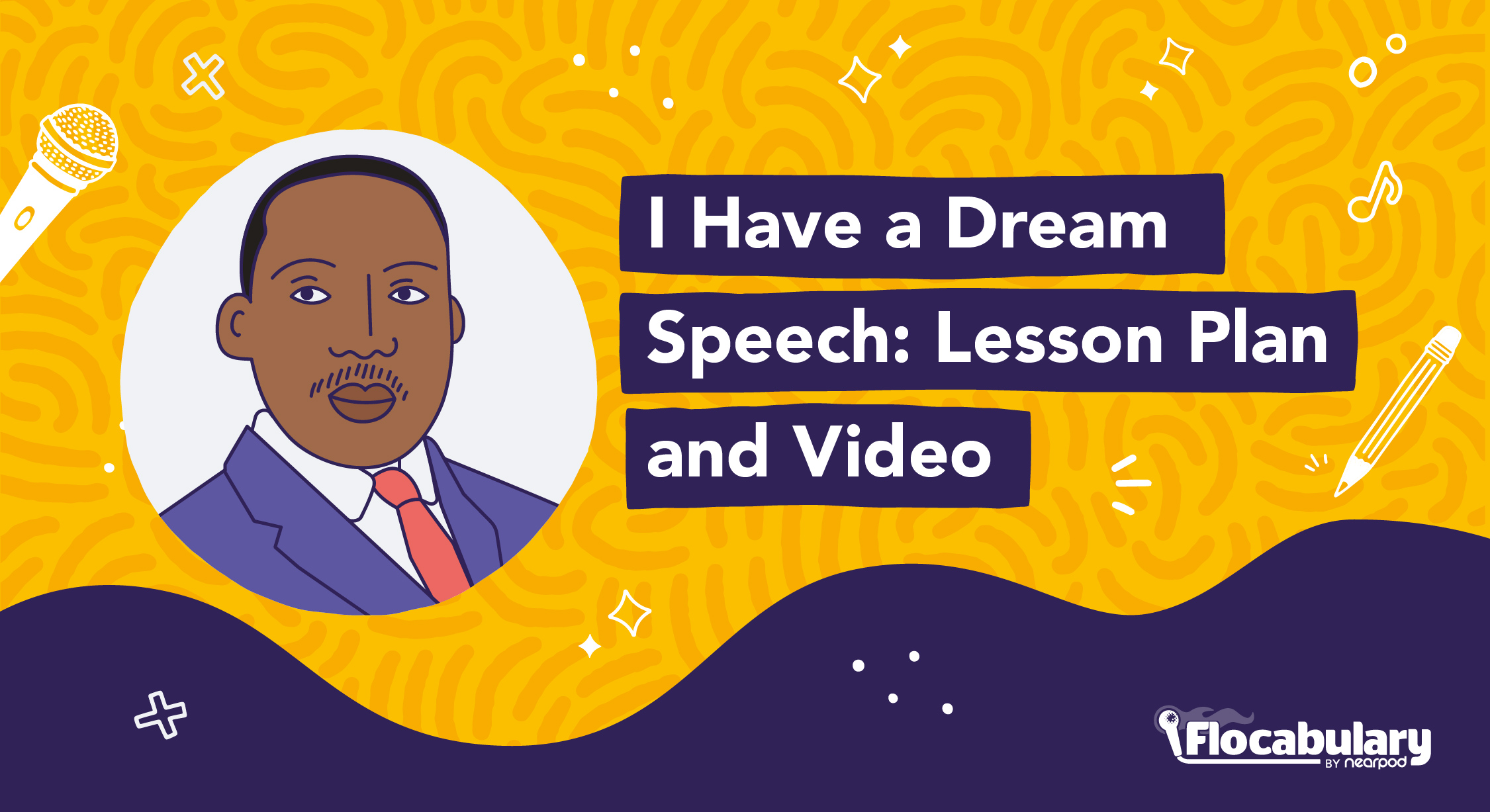
I Have a Dream Speech Analysis: Lesson Plan & Video
On November 2, 1983, Martin Luther King Jr. Day became a federal holiday when Ronald Reagan signed the King Holiday Bill into law. But this day was a long time in the making and only became a reality after a 15-year campaign to officially celebrate King’s legacy nationwide. Martin Luther King Jr. Day is a perfect opportunity to teach about Dr. King’s legacy and role in the civil rights movement—and Flocabulary’s I Have A Dream speech analysis FREE lesson plan is a great place to start. King was a prolific speaker and writer who left behind a treasure trove of speeches, sermons, letters, and essays that served as a window into King’s mind and evolving views. These primary sources are ideal for in-class analysis from both a content and style perspective.
In this blog post, you will find a lesson inviting students to connect style and content while analyzing King’s legendary I Have A Dream speech. Students will then incorporate some of King’s language and rhetorical moves into their writing as they outline their vision for the world.
New to Flocabulary? Teachers can sign up for a trial to access our lesson videos and assessment activities. Administrators can get in touch with us to learn more about unlocking the full power of Flocabulary through Flocabulary Plus.
How did Martin Luther King Day become a national holiday?
The push to honor Martin Luther King Jr. with a holiday began just days after his assassination in April 1968. Michigan Congressman John Conyers proposed a bill, but it was ignored. John Conyers, one of the few Black members of Congress, reintroduced the bill yearly with support from the Congressional Black Caucus. In 1979, on King’s 50th birthday, the bill reached a vote but was rejected despite 300,000 petition signatures and President Jimmy Carter’s support.
In the 1980s, public backing grew as the Congressional Black Caucus collected over 6 million signatures, and Stevie Wonder’s song “Happy Birthday” amplified the cause. By the 20th anniversary of King’s “I Have a Dream” speech, the bill passed with a 78-22 vote and was signed into law by President Reagan. Although first celebrated federally in 1986, the holiday wasn’t recognized in all 50 states until 2000.
Who was Martin Luther King Jr.?
Martin Luther King Jr., born in 1929 in Atlanta, Georgia, grew up attending segregated schools in the Jim Crow South. Following in his father’s footsteps as a minister, he earned a theology doctorate and became a pastor in Montgomery, Alabama. In 1955, he helped organize the Montgomery Bus Boycott, marking the start of his role as a civil rights leader advocating nonviolent protests inspired by Mahatma Gandhi.
By 1963, King had become a prominent civil rights leader, delivering his famous “I Have a Dream” speech at the March on Washington. In 1964, he became the youngest Nobel Peace Prize winner and played key roles in passing the Civil Rights Act of 1964 and the Voting Rights Act of 1965.
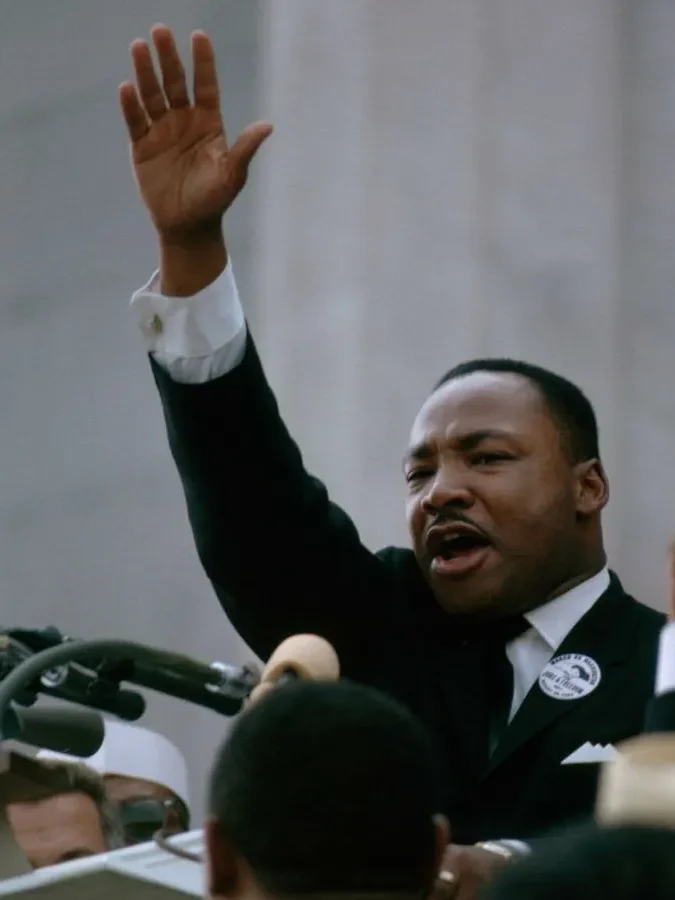
Martin Luther King Jr.’s later years
In the latter half of the 1960s, King’s tactics were increasingly questioned by a younger, more radical wing of the civil rights movement. They believed he was too accommodating to those in power in the United States. Still, King continued his work as an activist, fighting racism, opposing the Vietnam War, and advocating for poor Americans. In 1968, while visiting Memphis, Tennessee, to support striking city workers, King was shot and killed on the balcony of his hotel room. Following his death at the age of 39, King’s reputation grew. To this day, he is remembered for his critical role in the civil rights movement and his eloquent, clear-eyed speeches and letters. Each year, on the third Monday of January, we celebrate his legacy and consider his impact on American society.
Bringing Martin Luther King Jr.’s legacy into the classroom
One of the best ways to celebrate the life of Martin Luther King Jr. is to revisit his most famous speeches and letters. Primary sources like these are a terrific opportunity for students to not only bear witness to a historical figure’s words and ideas firsthand but also to analyze the content and style of a speech or piece of writing. The following speech analysis assignment will guide students through closely analyzing King’s most famous address.
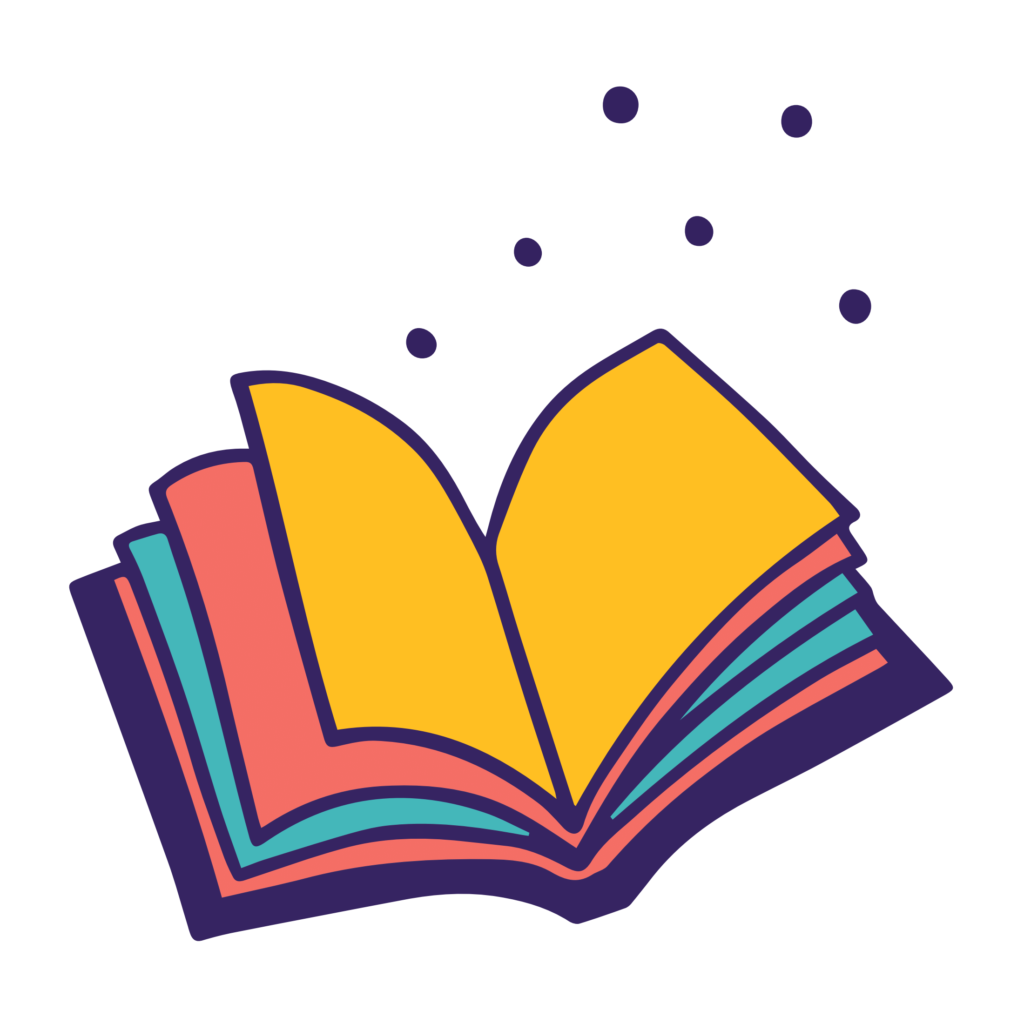
In this I Have A Dream speech analysis lesson, students will experience both the text and audio of Dr. Martin Luther King Jr.’s I Have A Dream speech while learning about King’s key contributions to the Civil Rights Movement. They’ll define and explain keywords and phrases from the speech, including examples of figurative language. The lesson culminates with students writing their original lyrics about their dreams for the world using language from King’s speech and their own figurative language.
I Have A Dream Speech Analysis Lesson Plan
Lesson plan information
- Time: Recommended for two class periods (can be modified for one)
- Grade level: Recommended for Grades 3 to 8
- Standards Alignment: This speech analysis assignment is aligned to these CCSS standards and all 50 state standards. Find the alignment to your state standards.
Objectives
In Flocabulary’s I Have A Dream speech analysis lesson, students will be able to…
- Describe key events in the life of Dr. Martin Luther King Jr. and King’s major contributions to the Civil Rights Movement.
- Explain the meaning of keywords and phrases in King’s speech, including examples of figurative language.
- Write an original rap about a personal dream for the world using quotations from King’s speech and original figurative language.
Class and student output
- Class discussion about King’s life and contributions to the Civil Rights Movement
- I Have A Dream speech analysis focusing on word choice, allusion, and figurative language
- Original raps or poetry about personal dreams for the world that include quotations from King’s speech and original figurative language
Sequence
Day 1
1. Play the Martin Luther King Jr. Flocabulary video. Turn on Discuss Mode and play the video again. Discuss Mode will ask questions that check for understanding and prompt discussion about King’s life and contributions.
Here’s a preview of the video lesson!
2. After discussing the final Discussion Mode prompt, click pause on the video (around 2:55). This is right before the extended clip and song of the I Have a Dream speech. Pass out the Martin Luther King Jr. printable activity, which includes excerpts from the speech on the first page. Give students a speech summary to provide additional context.
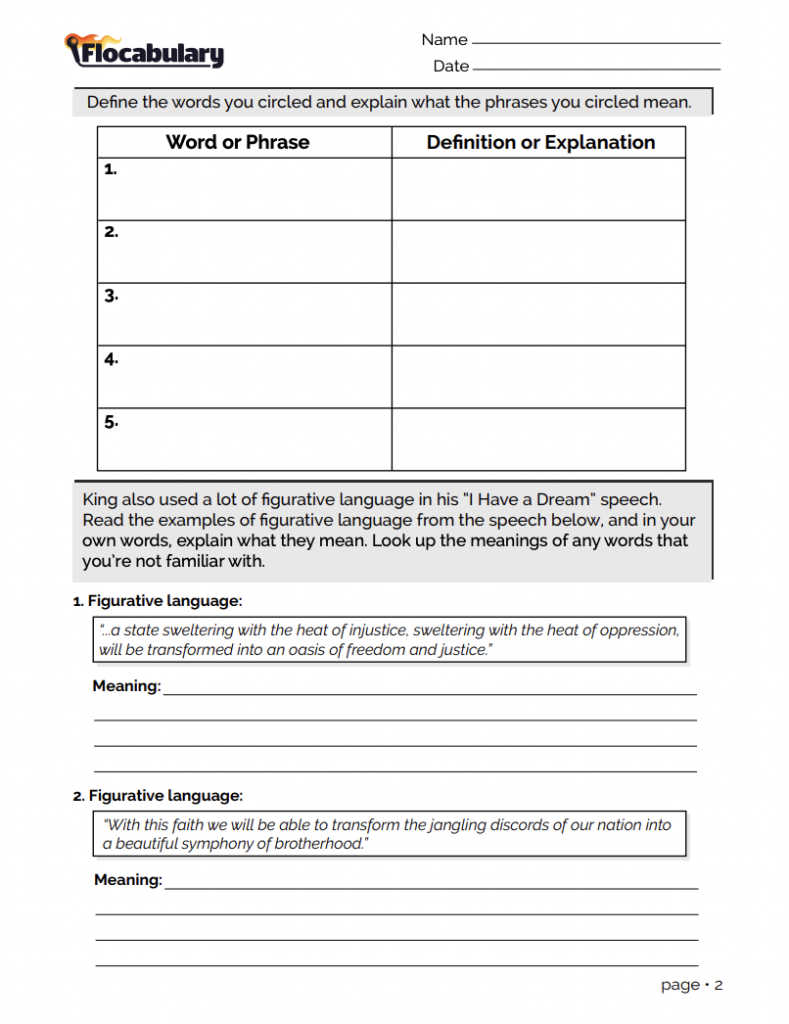
3. Press play on the video to re-watch the clips from the speech. Students can follow along in the text. (NOTE: The video clip starts on the 5th paragraph down on the page.)
4. As you watch, point out the lines from the song “My Country ’Tis of Thee” and the spiritual “Free at Last” that King quotes toward the end of the speech. As a class, discuss why King may have included lines from other texts in his speech.
5. As a class or in groups, complete the top part of page 2 of the I Have a Dream activity. Ask for suggestions of words or phrases from the speech that stood out to students. Using context clues, generate definitions or explanations of these words and phrases.
6. Review the meaning of figurative language. As a class or in groups, complete the bottom part of page 2 of the activity, explaining the meaning of some of King’s figurative language.
7. As a class, discuss why King may have used figurative language in his speech. What does this add to the speech?
8. Tell students that tomorrow, they will follow King’s lead by writing their own lyrics about their dreams for the United States or the world. They can start brainstorming what they’d like to write their rhymes about.
Day 2
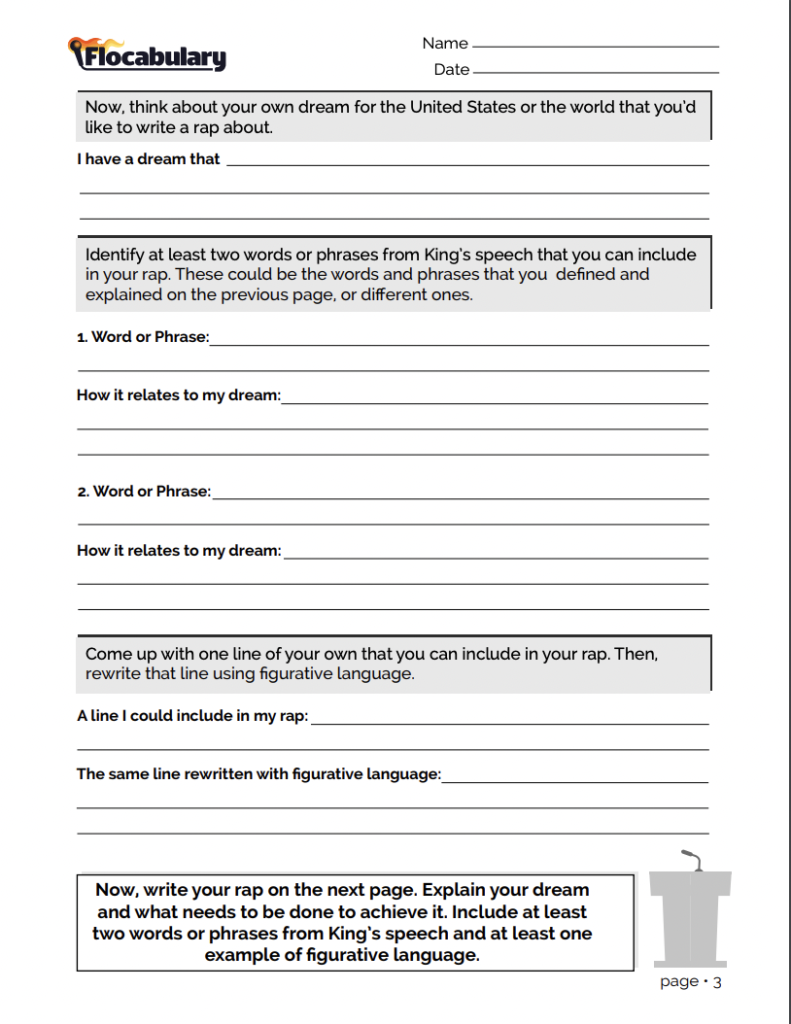
1. Start by playing the Martin Luther King Jr. video again to refresh students’ memories of the speech.
2. Have students individually complete page 3 of the activity. Students should first write their dreams at the top. They should then return to the text of King’s speech and their I Have A Dream Speech analysis from day one to identify words or phrases they’d like to include in their raps, just as King included quotations from other texts. These should be words and phrases that somehow relate to their dream. Encourage students to feel free to choose words and phrases other than the ones you defined as a class.
3. Have students develop at least one example of figurative language to include in their lyrics. They can start by writing a line with literal language and then brainstorm how to revise this line using a simile, metaphor, personification, or another literary device.
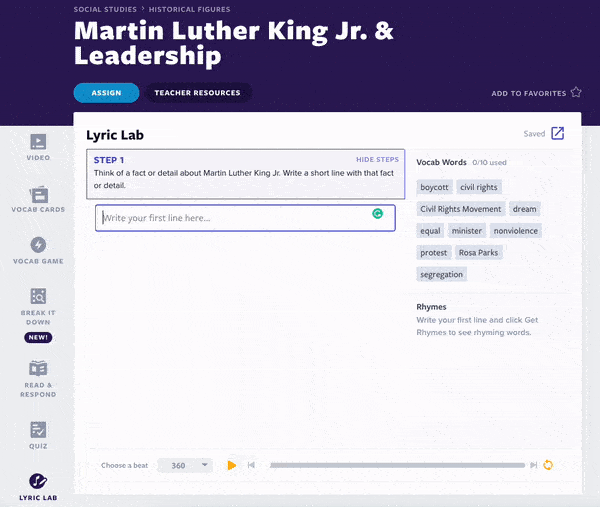
4. Have students write at least six lines explaining their dream and what needs to be done to achieve it. They should include the words/phrases and figurative language they identified. Students can use Lyric Lab to write their lyrics or help them develop rhymes. If you or your students haven’t used Lyric Lab before, click “Lyric Lab” on the left panel next to the video on the lesson page.
5. Invite students to share their lyrics with the class. Have students identify the quotations from King’s speech and the examples of figurative language in each other’s songs.
Wrap-Up & Extensions
- Replay the clips of King’s speech in the video, and ask students why they think certain images and video clips were chosen. Have students imagine the song they wrote will have images added to it. Ask students to brainstorm the types of images they would include.
- Have students complete the Read and Respond I Have a Dream activity accompanying the video. In Read and Respond, students will read passages of informational text, including one that provides a summary and context for the speech, to learn more about King’s life and achievements, and they’ll answer text-dependent questions about these passages.
Use Flocabulary to teach beyond I Have A Dream speech analysis
The lesson above focuses on I Have A Dream, but King’s prowess as a public speaker goes well beyond his most famous address. If your class enjoyed experiencing, analyzing, and reacting to King’s words, this list of King’s most memorable speeches will provide ample material for further viewing and analysis.
And for those classes that want to go deeper into the civil rights movement, be sure to check out Flocabulary’s videos on Civil Rights, the Voting Rights Act & Selma, Fannie Lou Hamer, Malcolm X, John Lewis, Yuri Kochiyama, and Jackie Robinson.
New to Flocabulary? Teachers can sign up for a trial to access our lesson videos and assessment activities. Administrators can get in touch with us to learn more about unlocking the full power of Flocabulary through Flocabulary Plus.
Sources:
This Post Has 9 Comments
Comments are closed.

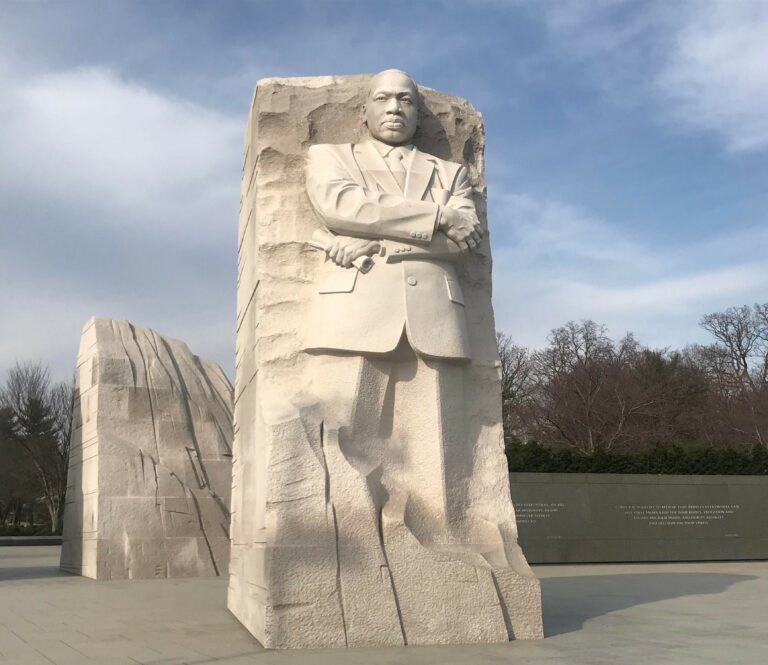
Thank you for sharing this solid, practical, and flexible English language arts lesson that can be used from 6th grade to community college!
hiya,
thanks for this usfull information i have a degree in englishh and found this very special
Chingy Wiong
This was great! It helped so much with a rhetorical analysis essay I’m writing about the speech for my AP language and composition class.
This was well written
This help me woth my home work. About this speech amd the figuretive language.
This help with my home work .
Thank you so much for this excellent lesson plan! I am using this for my 9th grade English class.
Great Lesson idea! I’m tweaking a bit to use with my 8th Grade proficient/advanced ELA enrichment classes. For a 50 yr old teacher to quote rap…WOW!
Excellent lesson.